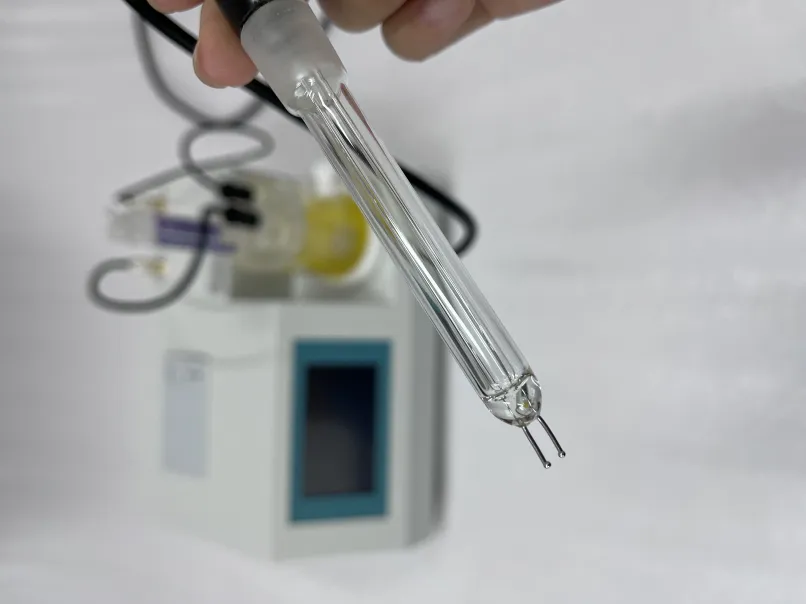 English
English



-
 Afrikaans
Afrikaans -
 Albanian
Albanian -
 Amharic
Amharic -
 Arabic
Arabic -
 Armenian
Armenian -
 Azerbaijani
Azerbaijani -
 Basque
Basque -
 Belarusian
Belarusian -
 Bengali
Bengali -
 Bosnian
Bosnian -
 Bulgarian
Bulgarian -
 Catalan
Catalan -
 Cebuano
Cebuano -
 China
China -
 China (Taiwan)
China (Taiwan) -
 Corsican
Corsican -
 Croatian
Croatian -
 Czech
Czech -
 Danish
Danish -
 Dutch
Dutch -
 English
English -
 Esperanto
Esperanto -
 Estonian
Estonian -
 Finnish
Finnish -
 French
French -
 Frisian
Frisian -
 Galician
Galician -
 Georgian
Georgian -
 German
German -
 Greek
Greek -
 Gujarati
Gujarati -
 Haitian Creole
Haitian Creole -
 hausa
hausa -
 hawaiian
hawaiian -
 Hebrew
Hebrew -
 Hindi
Hindi -
 Miao
Miao -
 Hungarian
Hungarian -
 Icelandic
Icelandic -
 igbo
igbo -
 Indonesian
Indonesian -
 irish
irish -
 Italian
Italian -
 Japanese
Japanese -
 Javanese
Javanese -
 Kannada
Kannada -
 kazakh
kazakh -
 Khmer
Khmer -
 Rwandese
Rwandese -
 Korean
Korean -
 Kurdish
Kurdish -
 Kyrgyz
Kyrgyz -
 Lao
Lao -
 Latin
Latin -
 Latvian
Latvian -
 Lithuanian
Lithuanian -
 Luxembourgish
Luxembourgish -
 Macedonian
Macedonian -
 Malgashi
Malgashi -
 Malay
Malay -
 Malayalam
Malayalam -
 Maltese
Maltese -
 Maori
Maori -
 Marathi
Marathi -
 Mongolian
Mongolian -
 Myanmar
Myanmar -
 Nepali
Nepali -
 Norwegian
Norwegian -
 Norwegian
Norwegian -
 Occitan
Occitan -
 Pashto
Pashto -
 Persian
Persian -
 Polish
Polish -
 Portuguese
Portuguese -
 Punjabi
Punjabi -
 Romanian
Romanian -
 Russian
Russian -
 Samoan
Samoan -
 Scottish Gaelic
Scottish Gaelic -
 Serbian
Serbian -
 Sesotho
Sesotho -
 Shona
Shona -
 Sindhi
Sindhi -
 Sinhala
Sinhala -
 Slovak
Slovak -
 Slovenian
Slovenian -
 Somali
Somali -
 Spanish
Spanish -
 Sundanese
Sundanese -
 Swahili
Swahili -
 Swedish
Swedish -
 Tagalog
Tagalog -
 Tajik
Tajik -
 Tamil
Tamil -
 Tatar
Tatar -
 Telugu
Telugu -
 Thai
Thai -
 Turkish
Turkish -
 Turkmen
Turkmen -
 Ukrainian
Ukrainian -
 Urdu
Urdu -
 Uighur
Uighur -
 Uzbek
Uzbek -
 Vietnamese
Vietnamese -
 Welsh
Welsh -
 Bantu
Bantu -
 Yiddish
Yiddish -
 Yoruba
Yoruba -
 Zulu
Zulu
test 24v furnace transformer
Testing 2024V Furnace Transformers A Comprehensive Guide
The increasing reliance on advanced technologies in the energy sector necessitates robust and reliable transformers, particularly in high-voltage applications such as furnace operations. The 2024V furnace transformer, designed to efficiently manage the immense power demands of industrial furnaces, plays a pivotal role in ensuring seamless operations and energy efficiency. This article provides an in-depth exploration of the testing processes and standards applied to the 2024V furnace transformers, emphasizing their importance in maintaining operational integrity and safety.
The Role of 2024V Furnace Transformers
Furnace transformers are integral to various industrial applications, primarily in steel manufacturing, aluminum production, and other metallurgical processes. The 2024V designation refers to the transformer's voltage rating, indicating that it can handle very high voltages essential for melting metals and maintaining extreme operating conditions. Such transformers are engineered to convert high-voltage electricity into usable power levels, crucial for the safe and efficient functioning of electric arc furnaces.
Importance of Testing
Testing is an essential aspect of transformer maintenance and quality assurance in any industrial setting. It ensures that the equipment operates as intended, meets safety standards, and guarantees energy efficiency. For 2024V furnace transformers, testing can help identify potential issues before they escalate, thereby minimizing downtime and repair costs.
Types of Tests Conducted
1. Routine Tests These are standard tests that all transformers undergo before they leave the manufacturing facility. They include measurements of voltage ratios, insulation resistance, and power factor testing. Routine tests are vital in confirming that the transformer meets predefined specifications and standards.
test 24v furnace transformer

2. Type Tests Conducted on a prototype transformer, type tests assess its performance under various conditions. These tests evaluate thermal and mechanical properties, short-circuit withstand, and temperature rise, ensuring the transformer can handle extreme situations typical in industrial furnace applications.
3. Special Tests Given the high voltage and specific demands of the 2024V furnace transformer, special tests, such as impulse voltage testing and partial discharge measurement, are crucial. These tests simulate real-world conditions, ensuring that the transformer can withstand surges and potential failures without compromising safety or functionality.
4. Environmental Tests Operating in high-temp environments is a norm for furnace transformers. Environmental tests assess performance under extreme temperatures and varying humidity levels, ensuring reliability and durability during operation.
Standards and Certifications
The testing of 2024V furnace transformers is governed by numerous international standards, including those established by the International Electrotechnical Commission (IEC) and the Institute of Electrical and Electronics Engineers (IEEE). Compliance with these standards is essential not only for safety but also for ensuring the transformer's efficiency and operational lifespan.
Moreover, obtaining certifications from recognized entities further enhances the credibility of the transformer, assuring stakeholders of its quality and reliability.
Conclusion
In conclusion, the testing of 2024V furnace transformers plays a crucial role in ensuring the reliability and efficiency of electrical systems in industrial applications. Through a combination of routine, type, and special testing, manufacturers can safeguard the operational integrity of these transformers, thus minimizing risks and enhancing productivity. As industries continue to evolve and demand higher efficiencies from their equipment, the importance of thorough and robust testing procedures will only increase. This ensures that furnace transformers not only meet current operational demands but are also equipped to tackle future challenges in the energy landscape. The emphasis on rigorous testing protocols, adherence to standards, and continuous monitoring will pave the way for safer, more efficient industrial processes, ultimately contributing to sustainable practices in energy utilization.
-
Ensuring SF₆ Gas Safety: Introducing PUSH’s Integrated SF₆ Analyzer for Dew Point, Purity, and Decomposition MonitoringNewsJul.10,2025
-
Exploring the Main Types of Industrial Endoscopes and Their Applications Across IndustriesNewsJul.04,2025
-
Testing Equipment Industry Sees Major Advancements in 2025: Smart & Precision Technologies Lead the WayNewsJun.06,2025
-
Applications of Direct Current Generators in Renewable Energy SystemsNewsJun.05,2025
-
Hipot Tester Calibration and Accuracy GuidelinesNewsJun.05,2025
-
Digital Circuit Breaker Analyzer Features and BenefitsNewsJun.05,2025



